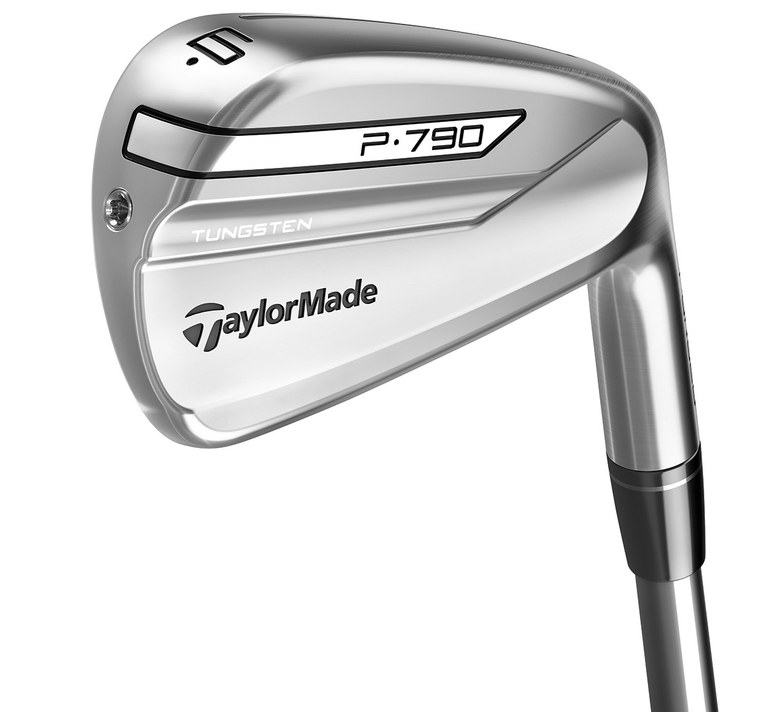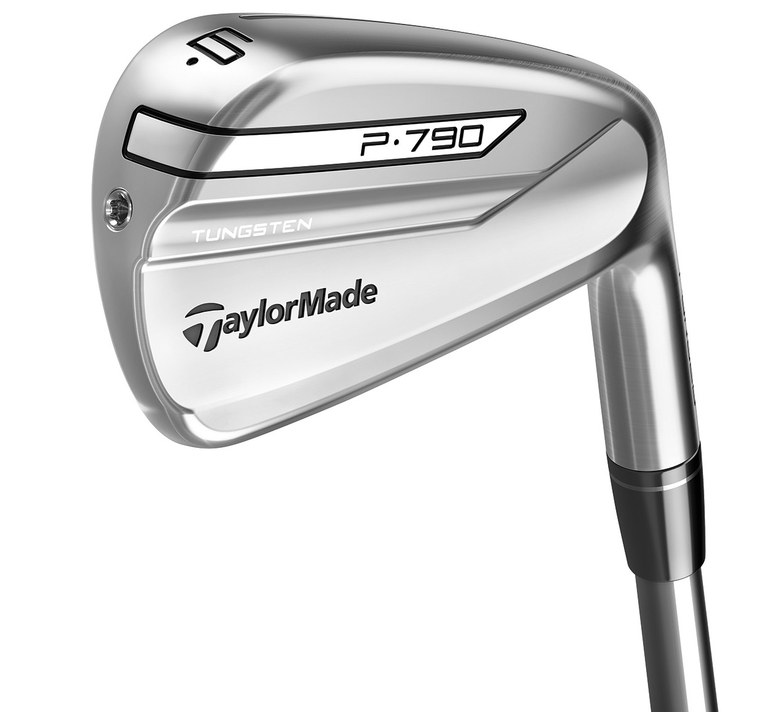
The TaylorMade P790 irons design brief sounds either amazingly simple or ridiculously complicated. For a company used to making bold steps in innovation, it ended up being one of its boldest for a category of player that’s tough to serve.
"Products like this in the past have taken advantage of different benefits of hollow construction, either to get forgiveness or to manage feel or to get more speed with a thin face," said Tomo Bystedt, TaylorMade’s senior director of iron creation. "What if you could do something that takes advantage of all the benefits? That was kind of our mission here. How do we get all of the speed and make it feel really good at the same time and obviously deliver a look and appearance that a good player would love to look at? That was the brief that we set out to do.
“One of the things we realized in this forged distance category is that there was only so far we could go with existing constructions and existing materials,” “So we thought, ‘What if we did something entirely different?’”
That something is the P790 irons, a hollow construction set that features an ultra-thin face with a proprietary polyurethane foam filling, all in the relatively compact shape better players prefer.
That’s not an easy proposition because usually one of the keys to getting speed in an iron is to extend the size of the face to make in essence a larger trampoline. That creates more coefficient of restitution (COR) or spring-like effect to lead to more ballspeed and distance. But the P790 irons feature a shallower, compact design, forcing engineers to rethink the face from past TaylorMade irons.
The new face, made of 4140 forged carbon steel, is different in two vital ways. First, it gets as thin as 1.75 millimeters from the long irons through to the 7-iron. That’s compared to 2.2 millimeters on TaylorMade’s PSi irons. That thin face is possible because of a lightweight foam filler on the inside that supports the face.
The material, called SpeedFoam, was suggested to the iron team engineers by colleagues in the golf ball side of TaylorMade’s business. It’s not a material used in golf balls, but it had the right properties to allow the thin face to flex while not adding weight that would negatively affect the center of gravity location.
“This material is so soft that it preserves the flexibility in the face and at the same time dampens the sound,” Bystedt said. “So that was kind of the magic bullet to solving this puzzle.”
Secondly, the face insert actually extends beyond the bottom of the face and leading edge and wraps around the sole, leading into a cut-through slot similar to those seen on TaylorMade’s M2 fairway woods. This helps create greater flexibility in the lower part of the face where many iron shot impacts occur. The rest of the iron's body is made of soft 8620 carbon steel, the same steel used in the company's Milled Grind wedges.
Bystedt says that combination led to an iron that launches with the speed of TaylorMade’s M1 game-improvement iron with the size of TaylorMade’s better player-preferred P770 iron. He said the thin face launches shots with a peak trajectory more than a yard higher than P770 despite having lofts two degrees stronger.
Instrumental is the P790 irons’ lower center of gravity, partly a function of their slightly shallower profile but largely enhanced by positioning a metal-injected-molding tungsten alloy within the hollow body.
As the P790 irons progress to the 8-iron and shorter irons and wedges, it remains a hollow construction but the face thickens progressively and the hosel lengthens slightly. The effort there is to raise the center of gravity on the shorter clubs for a more controlled flight and spin.
Adding to the distance elements of the P790 irons is a newly developed True Temper Dynamic Gold 105 shaft, a version of the venerable Dynamic Gold shafts that’s about 25 grams lighter than the standard.
The P790 irons will be available Sept. 15 ($1,300, offered in 3-iron through pitching wedge with A-wedge option).

